Add Movement to the School Day to Boost Student Physical Activity and Learning
SHAPE America
OCTOBER 10, 2023
The gym is not the only place where students can move, interact and learn by doing. We need classrooms to be more active and engaging like the gym! If we pause to take a panoramic view of our current landscape, we are reminded that our country has an obesity epidemic, rise in hypokinetic diseases, as well as mental health concerns.

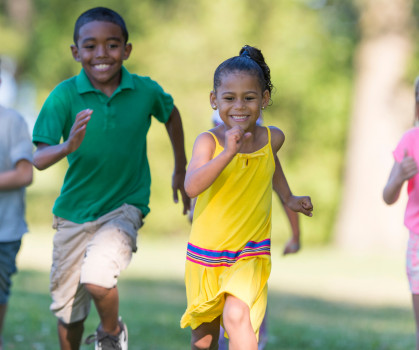
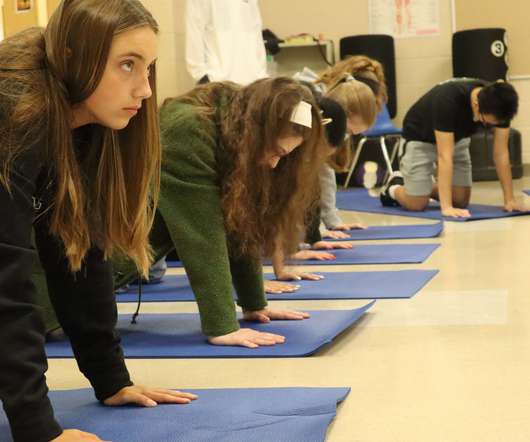
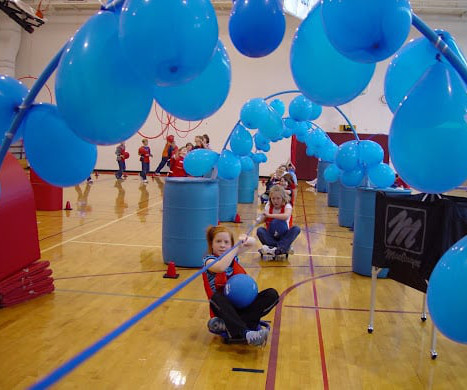

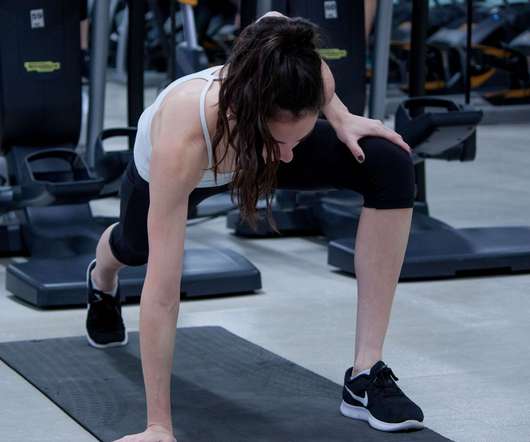

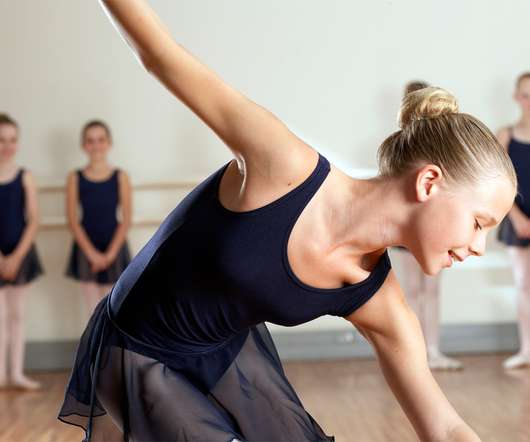

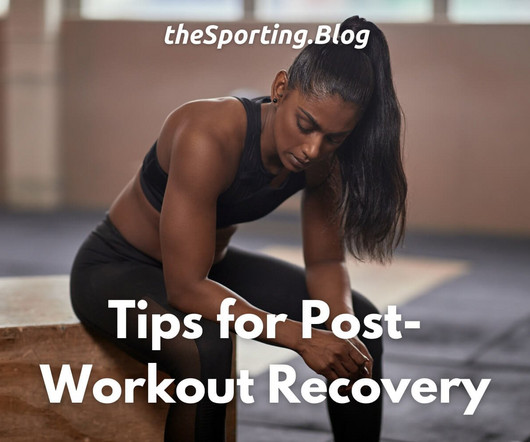
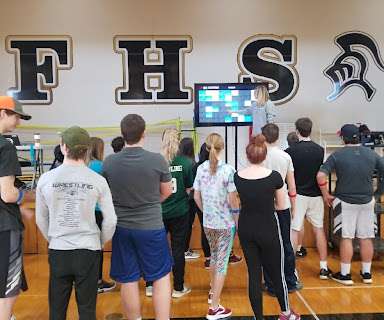
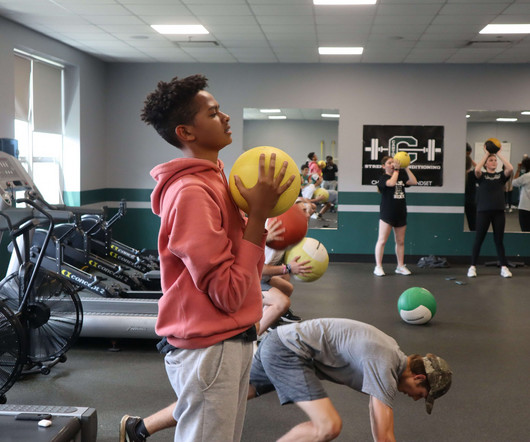







Let's personalize your content